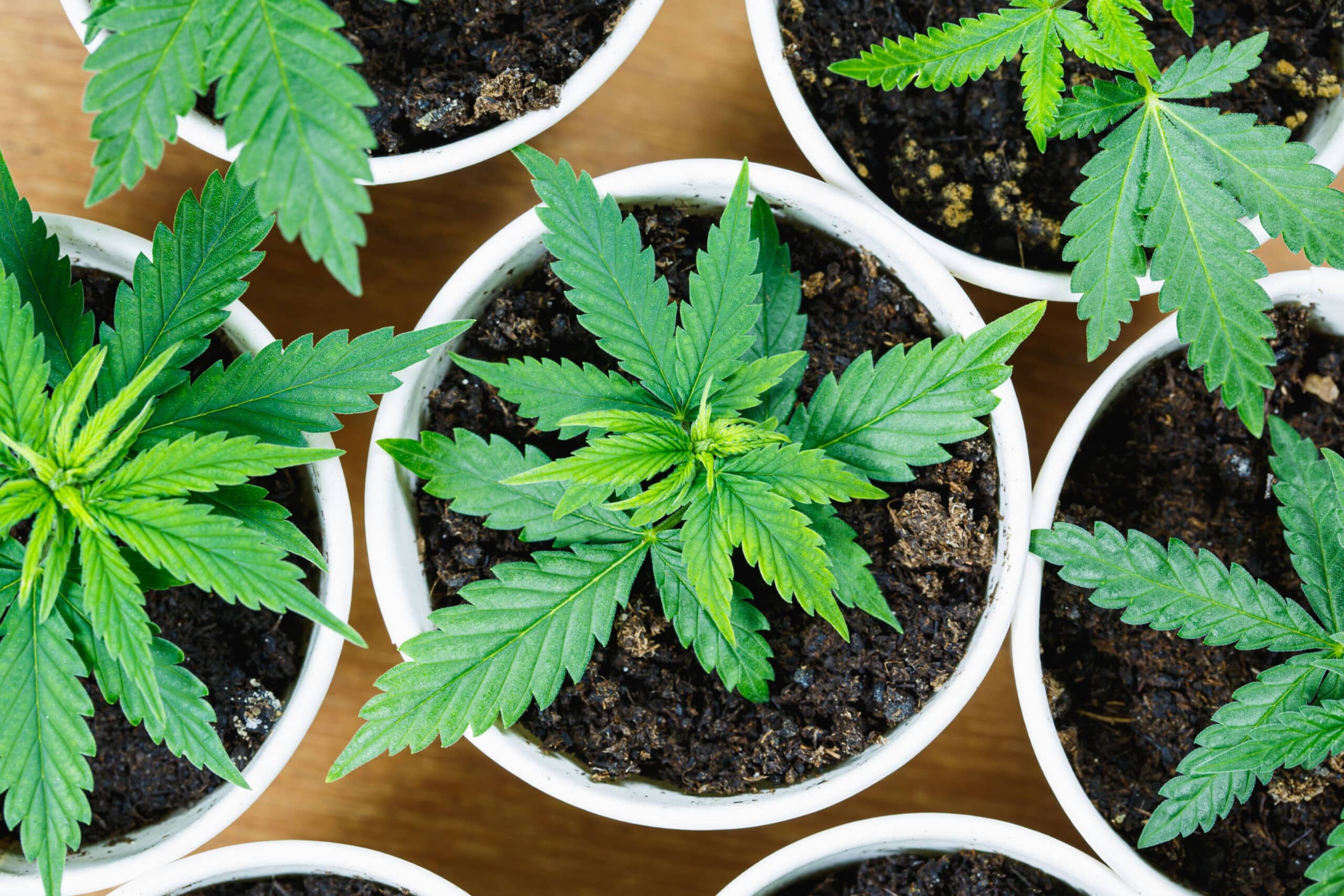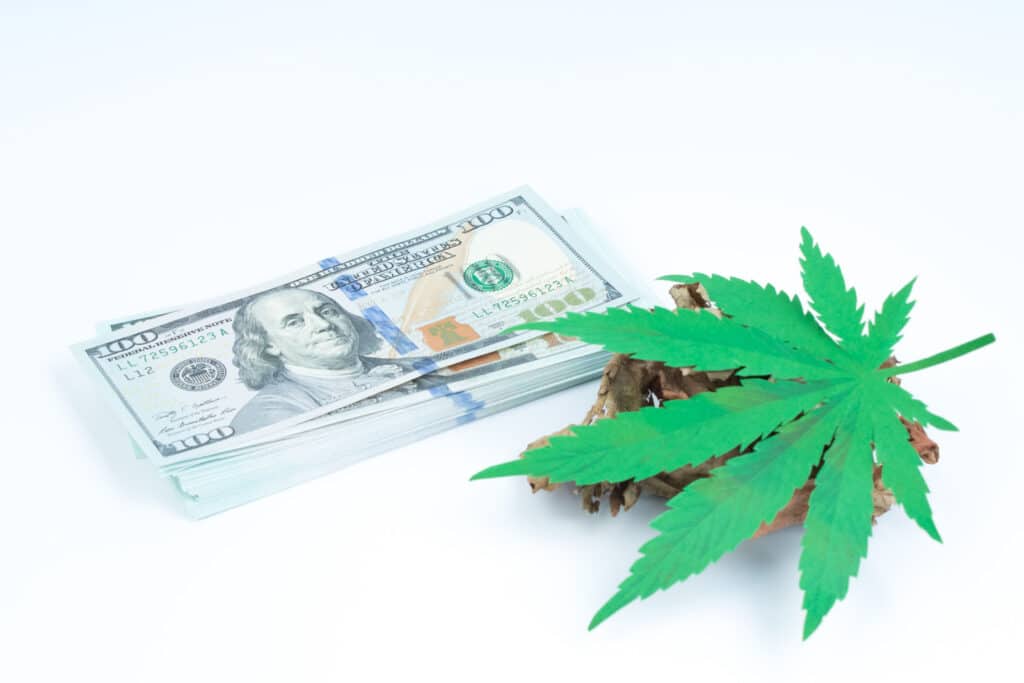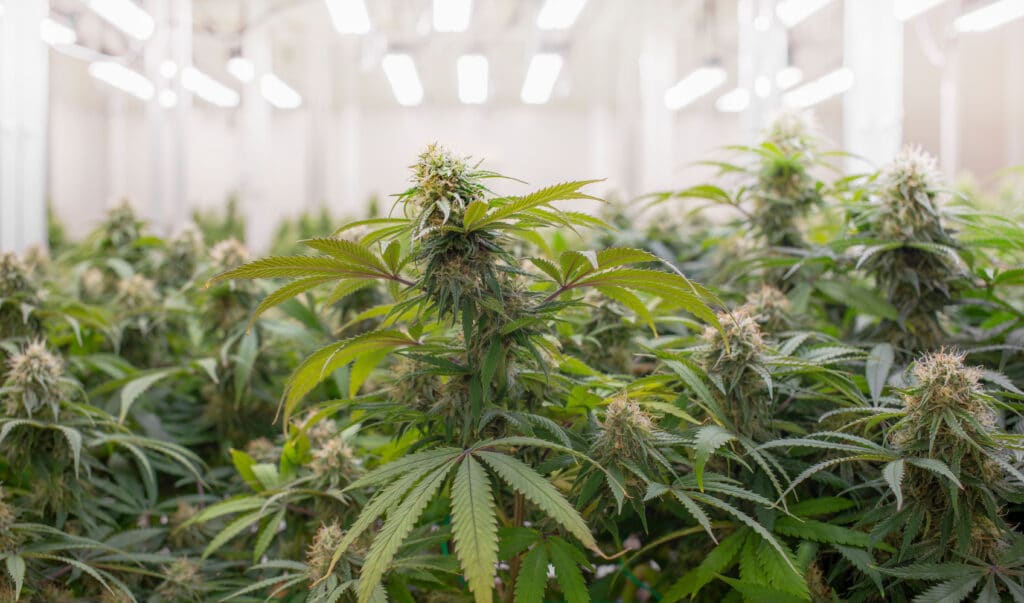
One of the big issues in state cannabis industries, is the hardship faced by small growers. A recent story highlights this problem, and what it means to independent growers in Illinois.
Illinois cannabis industry and social equity applicants
A lot gets said in the state cannabis industries, about using the industry to help those hit hardest by the drug war. The accompanying social equity laws contained in most legalization laws, stipulate this idea. However, so far, states have not created laws whereby these provisions are actually useful. Illinois is now a great example of this; as its independent, equity growers, now face bigger monetary issues, by exclusion in the next round of state funding.
Illinois legalized recreational cannabis in 2019, and started a regulated market on January 1st of 2020. The state made a big deal about handing out equity licenses to those who qualified; with over 600 applicants sending in paperwork for one of these licenses. In fact, in the second round of licensing, equity applicants made up the biggest group.
The problem is that its now coming to the end of 2023, and only 87 craft growers have a license in the state; and worse yet, only 10 are up and running. Which means all those applicants which made it look like Illinois was really going to help the small-time embattled entrants into the industry, got turned down. In fact, regulators had touted their bill as “the most equity-centric law in the nation,” when it passed. But apparently not in a truly workable fashion.
‘Craft’ cannabis is like craft beer in definition. It means independent growers who grow in smaller amounts, and give their plants a lot more personal care. Think of the difference between a small brewery, and something like Coors. The former will produce smaller amounts of high-quality beer with its own created recipes; whereas Coors will churn out barrel after barrel of the same, generally low-quality, beer.
Craft growers, are representative not only of the independent cannabis cultivation market, but of equity applicants as well. Social equity applicants, according to Illinois law, are eligible for reduced licensing and application fees, low-interest loans, technical assistance, individualized support, and free points to help access a license. All of this might sound beneficial, but the result so far, is only 10 operating craft growers, according to a Marijuana Moment report. And now, these growers will not get loans in the next round to go out.
Illinois independent growers face increased financial woes
Illinois has not backed up its original statement of being the best for social equity. The laws, and original loan setup, didn’t account for real-world issues. Now, as the industry gets tighter, and even more competition comes in via Indian tribes; Illinois independent growers face new financial issues; namely, not getting more loan money.
Originally, Illinois regulators acted as if banks would actually give loans. But because of the issue with weed being federally prohibited, this cannot happen. Beyond the ability to get loans for cannabis businesses in general, a social equity license doesn’t necessarily encourage lending. Lenders are often hesitant to lend to any population that they believe can’t pay back, and these populations are often the target of this thinking. This leaves state-backed loans as one of the only ways for such operators to get anywhere. And that requires the state to give the money.
At the onset, the government was using third parties to approve loans, but this led to many denials. The third parties used standard means of credit ratings to assess applicants; and as these loans are meant for equity participants with lower credit scores, this ruled out loans for many. In late 2022, the state got rid of the third parties, and began giving forgivable loans directly – loans for which not everything must be paid back, or for which payment can be deferred. The first round was what allowed the 10 independent equity craft license holders, to actually get off the ground.
These loans come out of the state’s Cannabis Business Development Fund. In 2021, it was promised that the agency would give out $34 million in seed funding, of which $21 million has been, according to the Illinois Department of Commerce and Economic Opportunity. The state is set to add another $40 million into this funding, and says its learned how best to help equity license holders. One of the problems with this statement, however, is that the state decided to only help one group of license holders, at a time.

Is it worth it to grow cannabis in Illinois?
The move seems possibly meant to discourage growers in general. There is, after all, a huge issue with overproduction, which drives costs down. There are also some bigger companies that are fighting to survive as well, and don’t want to compete with smaller growers. It’s gotten so bad, that some cultivators regret getting started in cultivation altogether.
Said Herban Gardens founder, Bobby Burns, a former political consultant “Dispensaries are just so much easier to stand up. And they’re easier to get funding for because they can start making revenue on day one. You just need to get product on your shelves, and you’re ready to roll.” Burns said that whereas it can cost $1-2 million to open a dispensary, it can cost between $5-10 million to get a cultivation business going. How many people accessing an equity license for lower pricing, can handle these expenses? Even with loans? It fundamentally doesn’t make sense.
Sometimes, companies can raise money, but those willing to lend to independent operations run by people with bad credit; often charge exorbitant fees, or offer dicey situations for which the borrower has no insurance, or place to go for help if something goes awry. It’s known there are a lot of predatory lending agencies that target these operators; and its one of the reasons for a push to get a federal banking law passed that can protect these enterprises.
Space limitation as another big issue for growers
On top of loans, there’s another major issue attached to independent craft cultivation; a limit of 5,000 square feet. A craft beer brewer is still a craft beer brewer, even if it expands out a bit; but this is also the goal, as expansion means higher revenue. This limitation on cannabis cultivators essentially limits the profits. Growers can only make what they can earn off products grown in 5,000 square feet. So, not only are they required to pay huge amounts to get an operation going; but they’re income is capped because of space requirements.
This also makes it harder for any loans that do exist; since the company can only be valued based on its growing space, and potential crop amounts. To give an idea of why this still exists in this way, consider that earlier this year, SB3105 was introduced, which would have increased the allotment to 14,000 square feet. But it was killed by representation for corporate cannabis growers, who raised concerns over something unrelated, but mentioned – synthetic cannabis. As stated, large companies are also having issues, and don’t want to compete. This was a backhanded move to keep competition down.
The government knows this limited space is a huge problem. The Illinois Department of Agriculture recently put out information on how growers can apply for more space beyond 5,000 square feet. Only problem? According to Illinois Independent Craft Growers Association founder, Scott Redman, the guidelines are non-specific. It can depend on “the market need for additional cannabis production,” as well as what regulators decide as “the craft grower’s ability to cultivate additional cannabis.” As its all up to the discretion of regulators; its not automatically accessible, and can be denied.

What happens next for Illinois independent growers?
It’s hard to say. This issue affects the entire cannabis industry, but is more relevant for smaller independent growers. Considering that none in Illinois got up and running until the most recent state forgivable loans started; it says something powerful about the need for the money in order to simply start operations. Without these loans, its quite possible that no more will get started, and the ones in operation, might not survive.
Instead, equity dispensaries are set to get the money this time around. They did not get any from the first round, because of legal issues which prevented it. One could ask why it must be one or the other, however. As Redman put it, “As far as growers are concerned, we don’t see why [giving these loans] can’t be done in parallel. There should be no reason why they can’t have X dollars for one and Y dollars for the other.”
So far, equity candidates in general are happy about the switch from third party lending to forgivable state loans; but the idea of who gets the money, is rather important. Perhaps growers are being shut out because the state doesn’t want more weed grown, than can be sold. Other states are already in the process of making deals with Indian reservations, just to get rid of product, or to stave off competition. Withholding further loans for now, could even be at the behest of bigger companies, who want to get rid of competition.
Conclusion
The issue with Illinois independent cultivators, is one seen throughout the US. Poor overall planning has led to an inability for functional industries; and those without capital are left out in the cold. The easy answer for Illinois is to lower regulatory costs and fees, and expand growing area for independent craft growers. The sheer fact the state is giving out loans, rather than attending to these faulty aspects of regulation, says a lot about what can be expected in the future. To me, it doesn’t look good.
Welcome one and all. Thanks for joining us at Cannadelics.com; where we report on important stories in the growing worlds of cannabis, psychedelics, and well beyond. Come by frequently to stay updated; and get yourself signed up to the Cannadelics Weekly Newsletter; so you’re always up on what’s going down.






